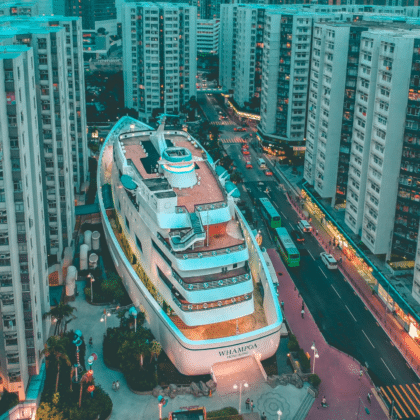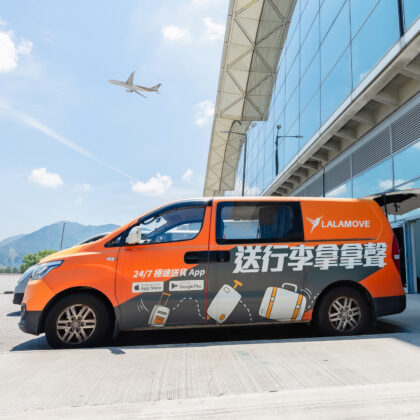#ddHK joins forces with Sham Shui Po’s creative community to transform the area into a futuristic metropolis…
Blade Runner meets Ghost in the Shell in this new immersive fashion experience set to hit Sham Shui Po later this month. Under the creative tourism transFORM initiative, Design District Hong Kong has joined forces with the local creative community this year, to revamp the area into SSP CITY – a futuristic metropolis which allows you to dive into and explore the ‘Heart of Cyberpunk’.
With the help of international design experts, the entire stretch of Tung Chau Street Temporary Market will be turned into a surreal sci-fi film set, featuring spectacular installations from 10 local businesses.
Not only a feast for the eyes, the immersive, cross-disciplinary design and fashion experience, created by Hong Kong Design Centre, will also involve both online and offline activities, including free guided tours, talks and workshops. Whether you’re interested in creating a galactic lamp for your room or a cyberpunk-inspired temporary tattoo stickers, there’s plenty to get stuck into.

There will also be a cybermarket and an exhibition shop where you can find a unique array of handmade cyberpunk-themed artwork and accessories. And if you can’t make it to the event (which would be a real shame!), you can always catch the VR tour, launching on Sunday, 25 October. Sham Shui Po has always been rich in culture, and now thanks to Cyberpunk, you’ll see the area shine like never before.
Heart of Cyberpunk Main Base
When: Saturday, 17 October to Sunday, 25 October, 12pm to 8pm (last admission at 7pm)
Where: Tung Chau Street Temporary Market, 269 Tung Chau Street, Sham Shui Po, Hong Kong
How much: Free entry (pre-registration is required for selected events) – RSVP here
Exhibition Shop – Form Society
When: Saturday, 17 October to Sunday, 8 November, 1pm to 7pm (Weekdays) or 12pm to 7pm (Weekends)
Where: 186 Tai Nan Street, Sham Shui Po, Hong Kong
How much: Free entry
Brought to you in partnership with Design District Hong Kong.
All images courtesy of Design District Hong Kong.





 Eat & Drink
Eat & Drink



 Travel
Travel



 Style
Style



 Beauty
Beauty



 Health & Wellness
Health & Wellness



 Home & Decor
Home & Decor



 Lifestyle
Lifestyle


 Weddings
Weddings








